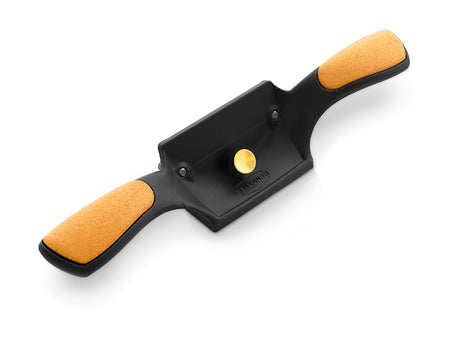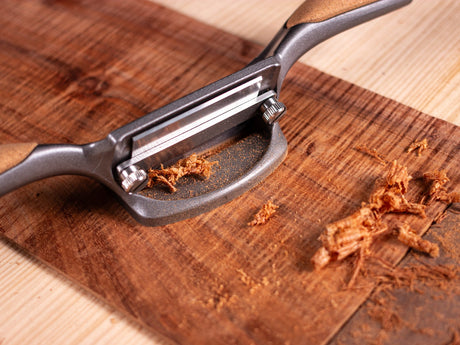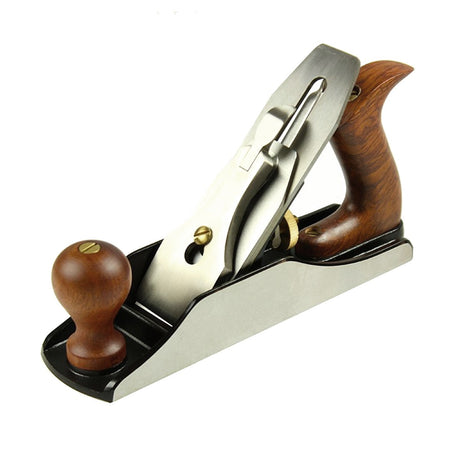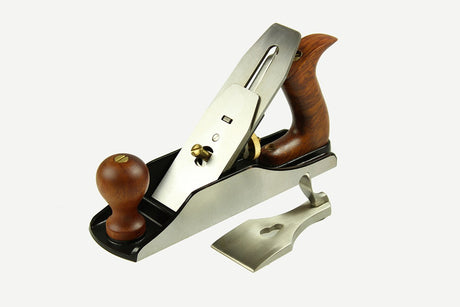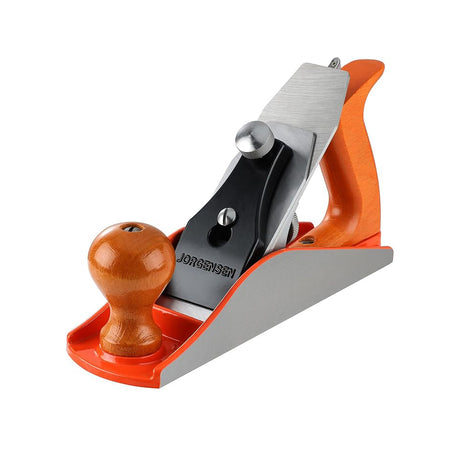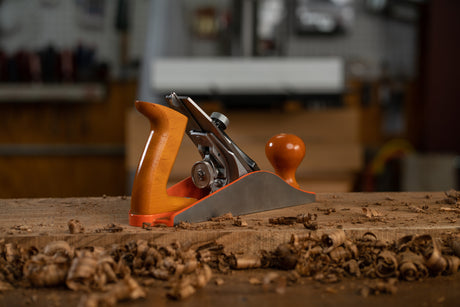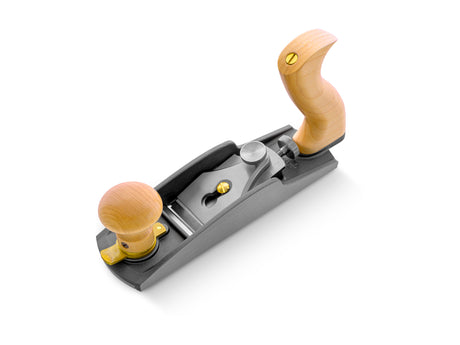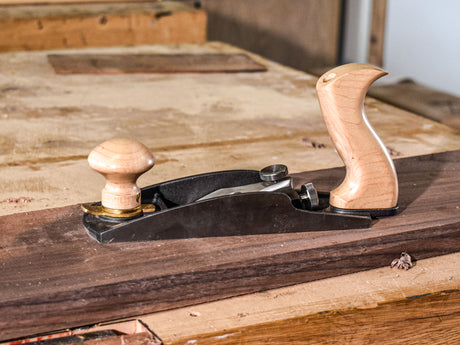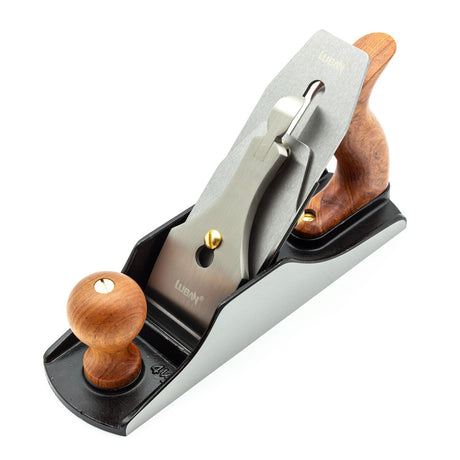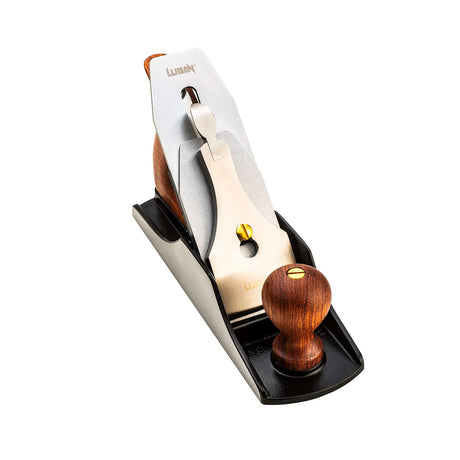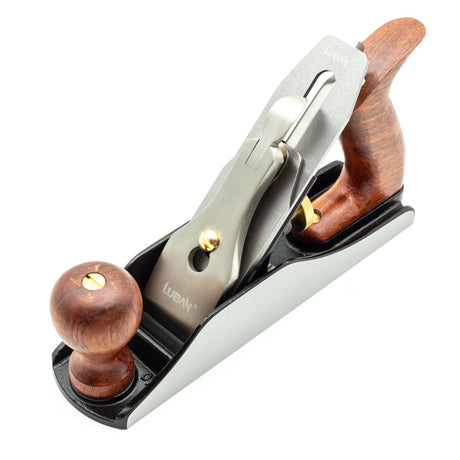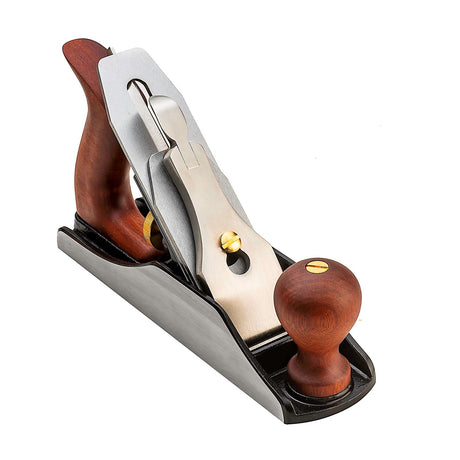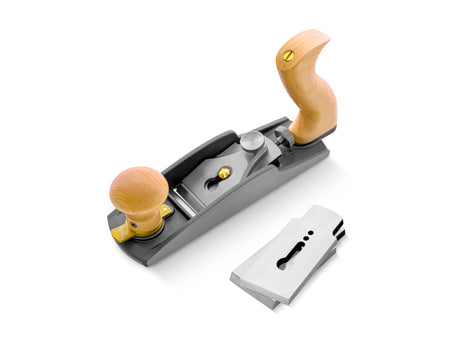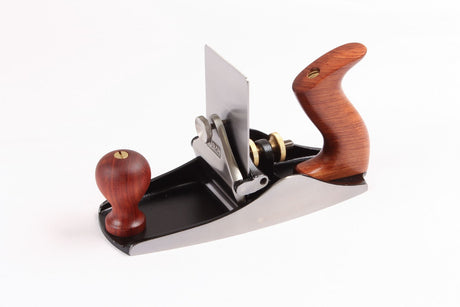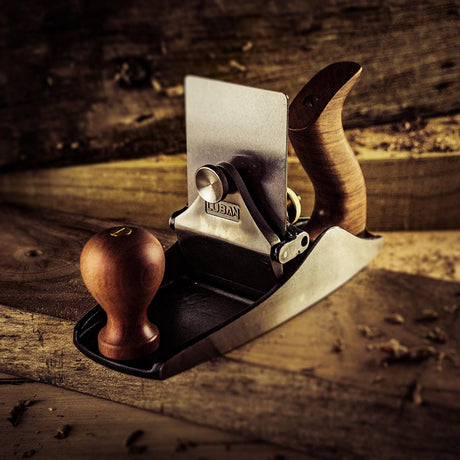Melbourne Tool Company
Melbourne Tool Company Cabinet Scraper Carbon Steel Ergonomic Handles
$99.00Unit price /UnavailablePony Jorgensen
Pony Jorgensen No. 4 Smoothing Hand Plane
$127.00$149.90Unit price /UnavailableLow stock (8 units)Melbourne Tool Company
Melbourne Tool Company Low Angle Smoothing Hand Plane
$285.00Unit price /UnavailableMelbourne Tool Company
Melbourne Tool Company Low Angle Smoothing Plane Plus Additional Blades
$359.90$384.80Unit price /Unavailable
Perfecting Surfaces with Smoothing Planes
Smoothing planes are the final word in surface preparation, delivering ultra-fine finishes that often eliminate the need for sanding. Typically shorter than jack or jointer planes, smoothing planes are designed to remove thin shavings and level minute imperfections, leaving timber surfaces glassy-smooth. They are an indispensable tool for furniture makers, cabinetmakers, and finish carpenters who demand the highest level of refinement.
The effectiveness of a smoothing plane lies in its precise setup. A finely honed blade, minimal depth of cut, and a tightly set mouth all contribute to tear-free, polished results. The shorter length—usually around 9 inches—allows the plane to follow subtle undulations in the wood, making it ideal for final passes across boards already flattened by longer planes.
Smoothing planes typically feature high-quality steel blades and heavy cast iron bodies that reduce chatter during use. Some advanced models incorporate adjustable frogs or chipbreakers to further optimise cutting action.
For best results, always plane with the grain and avoid excessive depth settings. Keeping the blade honed to a mirror edge and adjusting the mouth to a narrow slit will greatly reduce tear-out, especially in tricky or figured grain. A well-set smoothing plane can dramatically improve the final appearance and feel of your workpieces, providing a professional-grade finish straight from the blade.
FAQs
What is a smoothing plane used for?
A smoothing plane is used to create a flawless finish on timber surfaces. It removes fine shavings and smooths out imperfections left by previous planing or machining steps.
What size is a typical smoothing plane?
Smoothing planes are usually about 9 inches long, which allows them to follow the natural contours of a board and target high spots effectively.
How is a smoothing plane different from a jack plane?
While jack planes are general-purpose and longer, smoothing planes are shorter and specialised for final surface preparation. They excel at leaving a polished, ready-to-finish surface.
Which blade steel is best for smoothing planes?
A2 steel is excellent for edge retention, especially on hardwoods. O1 steel sharpens more easily and is preferred by those who frequently hone their blades for optimal performance.
How do I prevent tear-out when using a smoothing plane?
Ensure the blade is extremely sharp, the mouth is tightly set, and plane with the grain. Using a high cutting angle or back bevel can also help on difficult grain.
Do I still need to sand after using a smoothing plane?
In many cases, no. A properly set smoothing plane can leave a surface as smooth or smoother than sanding, without dulling the grain or raising fibres.
Can smoothing planes be used on all types of timber?
Yes, though results may vary based on grain structure and hardness. A sharp blade and fine setup are crucial when working with figured or interlocked grain.
How often should I sharpen the blade?
Sharpen the blade whenever you notice increased resistance or diminished surface quality. Fre



